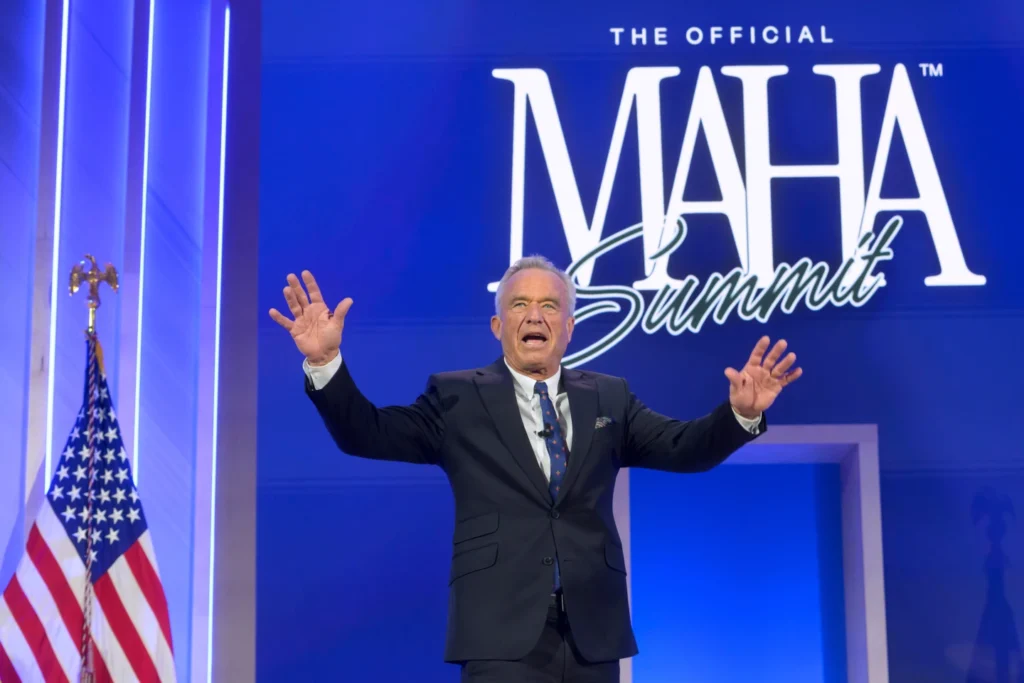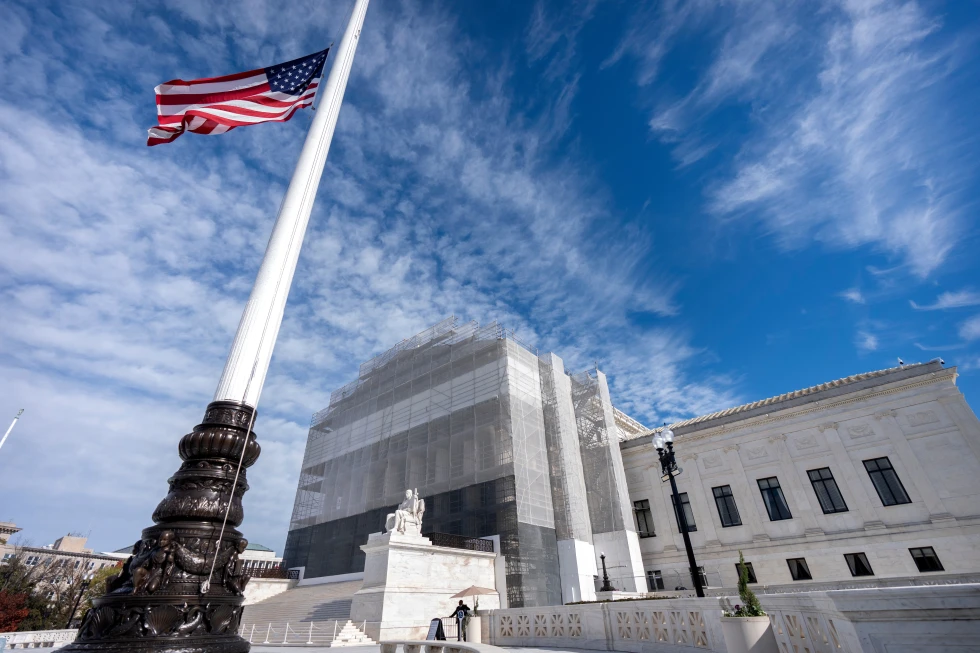Trump’s Cuts to Nonprofit Grants Put Critical Services at Risk

Trump’s Funding Cuts Are Undermining Nonprofits Across the U.S.
Dawn Price signs monthly rent checks totaling $160,000 to house 79 people in Laguna Beach, California. These payments are made possible by federal grants. But in February, that funding vanished overnight.
The Trump administration temporarily froze access to housing funds, impacting dozens of organizations. “It was a sea change for us,” said Price, director of Friendship Shelter. “We’re used to government moving slowly. This was immediate and disorienting.”
Nonprofits Reeling from Rapid Budget Cuts
In his second term, President Trump froze or slashed funding for a wide range of social programs — from early childhood education to refugee support and public health. Staff cuts at federal agencies have only deepened the delays and uncertainty around future grant funding.
Leaders across the nonprofit sector say these policies are dismantling long-standing public-private partnerships. Many now face the possibility of permanent cuts. This uncertainty is exhausting nonprofit workers and disrupting community support.
$267 Billion at Stake Nationwide
A report from the Urban Institute shows that in 2021, federal, state and local governments awarded nonprofits more than $267 billion. These funds covered everything from housing to healthcare and afterschool programs. Yet, the report also found that most nonprofits would run a deficit without government support.
Only two congressional districts — one in Orange County, California, and another near Atlanta — would not fall into the red without public funding.
In Orange County, nonprofits are already restructuring programs and reducing services. “We’re seeing budgets slashed by 40–50%,” said Taryn Palumbo, executive director of Orange County Grantmakers.
Donors Can’t Fill the Gap
While the Trump administration encourages private giving over public spending, experts argue this is not sustainable. Dawn Price’s organization receives $11.5 million in government grants annually — 69% of their program costs.
“We’re already subsidizing the government,” Price said. “We can’t expect donors to give six times more to cover permanent public disinvestment.”
Private donors rarely commit to long-term support. In Friendship Shelter’s case, a private foundation stepped in after a federal rental grant was pulled — but only for three years. Price warns that if cuts continue, they may have to return people to homelessness.
A Fragile Safety Net
The federal government’s partnership with nonprofits dates back to the 1960s. Presidents Kennedy and Johnson helped launch programs that directed funds to charities, hospitals and universities. Over the decades, both liberal and conservative administrations supported this model — until now.
Claire Dunning, a public policy professor, said Trump’s cuts represent an aggressive break from that tradition. “People don’t realize that many local services — from tutoring to meals — are enabled by public dollars.”
Since January, a coalition of nonprofits has taken legal action to block the funding freeze. Still, many of the cuts are already taking effect. As current grants expire, more nonprofits are expected to scale back or shut down entirely.
The Long-Term Impact
In Laguna Beach, Friendship Shelter supports 330 people in housing. Without stable federal funds, Price fears they’ll be forced back onto the streets.
“If we cut support now,” she said, “it shows something is deeply wrong in how we’re addressing these issues.”
Source: AP News
: 164







